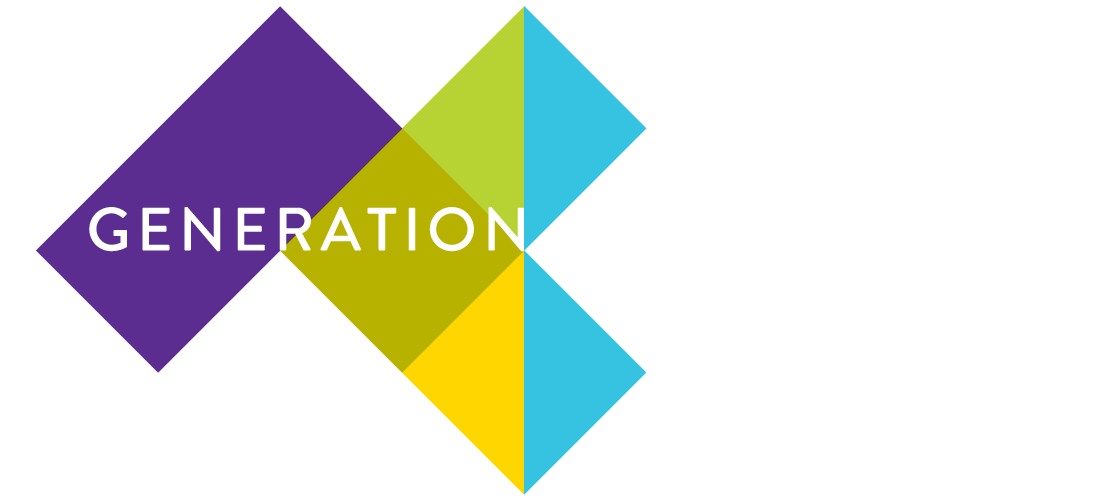Beyond Red and Blue Democratic Party, Republican Party, What About Just Parties?
My name is Faith, and I’m a political science student studying the ever-shifting dynamic of American politics. Today, as I’m sure many of you can attest, navigating the political landscape produces more confusion than satisfaction, more questions than answers. Social media apps like TikTok and X (formally known as Twitter) seem to simplify the equation for us youth –– Democrats believe one thing, Republicans believe another. But how different are the two really? Are their differences really the reason for the current polarization vastly permeating our country? I’d argue it’s something else entirely, and we’re not really as different as we’d like to believe.
Political polarization is currently at an all-time high in the US, and, despite attempting not to be, it’s hard not to be sucked into the “outgroup/ingroup” mindset that consumes us and turns us against one other. For many, belief systems of the opposing party appear to be the driving wedge between the two. According to a Pew Research study, nearly 72% of Republicans say Democrats are more immoral than other Americans, and 72% also say Democrats are more dishonest. However, studies from YouGov find that exactly 75% of Republicans and Democrats overlapped when asked basic questions on morality and personal values. This lends itself to the idea that polarization is not due to major differences in values or morals, but rather policies itself that garner said polarization.
So if values seem to be largely similar across political divides, are policy differences the driving force behind the animosity between the two parties? These issues include topics like immigration, the environment, guns, and social welfare, which typically seem to be quite contentious and which usually contrast the biggest differences between the Republican and Democratic parties. However, nearly 96% of bills passed in Congress in 2023 revolved around these issues were bi-partisan, meaning both parties had given their support. Now this could be due to Congress having such a tightly divided system, however, collaborating on bills fosters mutual understanding and support, something that demonstrates how, if given the opportunity, groups can find similarity in one another, even if it’s somewhat forced.
For policies on immigration, the majority of Democrats and Republicans support increasing federal funding for surveillance at U.S. borders, and while they may disagree on how immigration into our country works, they agree on many provisions not involving the dichotomy that has been fixated on by big media: building a wall vs letting people in.
For guns, the majority of Republicans and Democrats support raising the minimum age to buy semi-automatic firearms to 21 from 18 and allowing guns to be temporarily seized from people whom judges deem dangerous. Again, this issue appears very contentious, but when we strip away the purposefully attention gaining questions such as “should guns be banned,” we find a lot more similarities in policy issues regarding guns than previously assumed.
So if people do not heavily disagree on policy or morality issues, then what is driving this polarization between parties? I argue that while it is a combination of many reasons, a major driving force behind polarization is the extreme uptake of social media in everyday lives, and the more invasive nature media in general has taken on. A Carnegie Endowment for International Peace study found that the more a party decides to orientate themselves around media, the more “extremist” it becomes. And while it may be surprising to learn of similarities in policy concerns about controversial topics across both parties, the media tends to fixate on the red-lined issues that only seek to create further division. We hear more about the debate over polarizing questions than ones that aren’t very media centric. As a result, we then tend to stereotype a broad opinion as being widely applicable to every area of that issue. This perpetuates negative feelings about the opposing party, and in turn can demonize members of that party and skew people’s perceptions. This tendency to demonize others and lack the interest in understanding their perspectives, is only further facilitated by widespread narratives creating greater divisions, specifically those that attempt to target another group instead of uplifting one's own. An NYU case study (https://www.nyu.edu/about/news-publications/news/2020/october/republicans-and-democrats-hate-the-other-side-more-than-they-lov.html) found that dislike for an opposing political party greatly outweighs one’s favoritism for their own, the major issue with that being political party affiliations are no longer based upon actual interest in the party, but rather animosity for the opposition. The debate therein between parties becomes focused on contempt the other, rather than focusing on one’s party’s views and politics.
As a current college student, this type of information is vital to people like me because of the encompassing nature of politics on campus. Between daily protests, angry microphone rants, and politically charged posters displayed on every bulletin board, being able to decipher between genuine difference and media-centric hate is not only important but necessary. Media is more often than not utilized by someone as a form of persuasion, and many fall victim to thus subtly of it. Media literacy is a skill greatly undervalued in our society, and a part of me wonders if that’s due to the interest political entities have in wanting people to remain ignorant to their motives. At the end of the day, being able to wade through actual differences and exaggerated ones, is essential in American politics. Republican party this Democratic party that, what about just parties?

